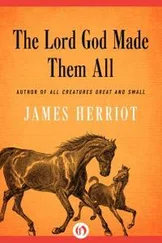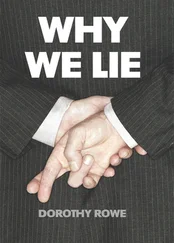But even if a devout rabbi like Asher ha-Garsi was in essence the same as a Christian or a Buddhist priest, God’s final plank, the Talmud, bore no resemblance to anything else in the world’s religions. It was a remarkable achievement, the heart of Judaism, and it consisted of two parts: the Mishna and the Gemara. The first had been assembled by Rabbi Akiba and his followers some eighty years before Rabbi Asher was born; it was the second component upon which the expositors of Tverya and Babylonia were now working. When the two were joined together, some time around the year 500, the Talmud would be in existence.
What was the Mishna? An adroit solution to a difficult religious problem. The wise men of Judaism had evolved the principle that at Sinai, God had handed Moses two sets of laws, one written on the tablets of stone and later transcribed word for word into the Torah, and a second of equal importance which had been whispered to Moses alone, the oral law, which provided specific elaboration of the Torah. For example, in the written book of Exodus, God said distinctly, “Remember the Sabbath day, to keep it holy,” but He did not stipulate in writing what one must do to observe this commandment. It became the task of the rabbis, depending upon the oral law which God had given Moses, to clarify the commandment and make it specific.
Who knew what this oral law was? Only the rabbis. How did they know? Because it had been handed along from man to man in a solemn unbroken chain: “Moses received the Torah from God Himself at Sinai, and passed it along to Joshua, and Joshua to the Elders, and they to the Prophets, and they to the Men of the Great Assembly and they to Antigonus of Soko … Hillel and Shammai took over from them … Johanan ben Zakkai … Rab Naaman of Makor … the great Akiba … Rabbi Meir …” and in days to come the rubric would be added, “From him Rabbi Asher ha-Garsi took over,” and it would pass to Rashi, the marvelous Frenchman, then to the greatest mind of all, Maimonides, and to the Vilna Gaon of Lithuania, and on to the merest rabbi working in Akron, Ohio. These men were custodians of the oral law.
For the first fifteen hundred years this oral law had been carried only in the heads of scholars, but after the two Roman destructions of Judaea—first by Vespasian and later by Hadrian, who erased even the name of Jerusalem and changed Judaea to Palestine—a group of scholars had met in a small Galilean village not far from Makor to codify this inherited law. Thus they constructed what became known as the Mishna, which men like Rabbi Asher were required to know by heart. For example, in extension of the crisp Torah injunction not to work on Shabbat, the Mishna identified forty-less-one principal kinds of labor which were forbidden: “Sowing, reaping … baking … spinning … tying or untying knots … sewing two stitches … hunting a gazelle … writing two letters … lighting a fire … carrying anything from one domain into another …”One does not sit down before the barber, close to the time of the Shabbat prayer. A tailor should not take his needle on Shabbat eve just before nightfall; he may forget and go out with it. Nor the scribe take his pen. One should not begin to clean his clothes, and one does not read at the lamplight, because he may tilt it. The schoolmaster may supervise the reading of his children, but he himself must not read. Similarly, a man that is in heat should not eat together with a woman that is in heat, because it may lead them to sin …One must not put bread in the oven on Shabbat eve before darkness, nor may the cakes be put on the coal unless there is time for the crust to form before Shabbat arrives. Rabbi Eliezer says: In time for the crust to form on the bottom …What may one use for lighting on the Shabbat, and what must one not use? One must not use cedar fiber, nor oakum, nor silk, nor a bast wick, nor a desert wick, nor seaweed, nor pitch, nor wax, nor castor oil, nor burnt oil, nor tail fat, nor tallow. Nahum the Mede says: One may use boiled tallow, but the Sages say: Whether boiled or not, one may not light with it.The Sages, however, permit all oils: sesame oil, nut oil, radish oil, cucumber oil, tar and naphtha. But Rabbi Tarfon says: For lighting only olive oil may be used.
In this way the Mishna inspected each aspect of life and laid down the laws which bound Jews to their religion
What was the Gemara? When the completed Mishna had been used by Jews for only a short time they began to find that it was not specific enough; it proscribed thirty-nine different kinds of work, but as new occupations evolved, new rulings were required. So the rabbis restudied each category, trying to spread its elastic words over the greatest possible number of occupations and hitting sometimes upon interpretations that were masterpieces of intellectual juggling. For example, during the first month of Rabbi Asher’s service as one of the expositors the question arose as to what the prohibited occupation of sowing might include. An old rabbi with experience in farming gave it as his opinion that sowing included such collateral occupations as pruning, planting, bending trees to shape and grafting.
Rabbi Asher said, “Grafting is clearly the same as sowing, and is therefore forbidden, but pruning is clearly the opposite of sowing, for it is a cutting away rather than a planting.”
The older man said, “Hear this. Why does a man prune? To lay bare the new growth so that it may spring forward. Thus pruning is sowing.”
Rabbi Asher said, “You make it clear. Pruning is forbidden too.”
They spent a full year discussing agriculture and the kinds of farm work that may not be done on Shabbat. Using the old farmer’s theory that pruning was the same as sowing, they arrived at the extraordinary conclusion that filling a ditch was the same as plowing and that working on a hole near one’s house was the same as building, since at some later date a building might grow out of the hole.
Rabbi Asher led the group in a discussion of what might be included under the prohibition against reaping: “We learned: sheaf-binding, wire-making and cutting stone for a building are identical with reaping. Rab Naaman said they are prohibited.”
A rabbi who worked in the building trades argued, “I had it from Rabbi Jonah from Meir from Akiba: Stonecutting is the same as plowing. It is already forbidden.”
On and on the arguments went as the rabbis gathered up the loose ends of life and tied them into permanent packages. In the third year they summoned a sailor from Ptolemais to discuss the cryptic passage of the Mishna, “Tying and untying knots is forbidden on Shabbat.” Just what was involved in the tying of a knot, they asked, and to what other human activities might this prohibition extend? The sailor demonstrated what tying a knot consisted of, and after two months of discussion Rabbi Asher proposed the following general rule: “Any joining together of two things that are by nature the same is equal to the tying of a knot. Thus, on Shabbat a man may not place additional grapes in a press which already contains grapes, for that is tying a knot.”
A rabbi visiting from Babylonian, where similar discussions were taking place among the Jews of that region, said, “Why not say simply, knots tied by camel drivers, donkey drivers and sailors?”
An old rabbi said, “I heard it from Rabbi Zumzum who had it from Rabbi Meir that no man should be held culpable for a knot that could be untied with one hand.” Thus the argument progressed day after day as the great expositors laid down their specific interpretations. Their extensions would be known as the Gemara, and when their work was finished, after two and a half centuries of debate in both Tverya and Babylonia, the Mishna (Repetition) and the Gemara (Completion) would coalesce to form the Talmud (Teaching), that enormous compendium which would in turn be interpreted by the Egyptian doctor, Maimonides, and after him by others of lesser insight, so that in the end there would stand a jumbled, rambling, inspired portrait of Judaism in action. It was this Talmud that provided the fence around the Torah, protecting God’s law from unintentional trespass; God had said merely, “Remember Shabbat,” but the rabbis had staked out their fence far from the actual Shabbat, defending the sacred day behind a multitude of laws. It was on this holy work of building the fence of the Talmud that Rabbi Asher would spend the rest of his life.
Читать дальше
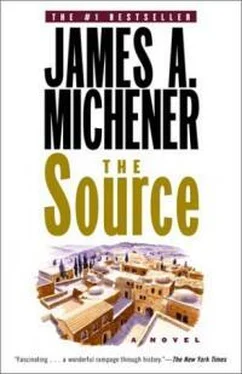
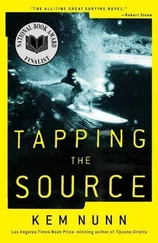


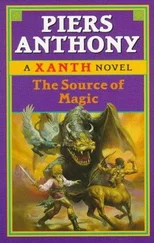
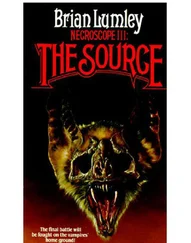
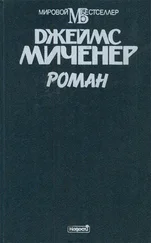
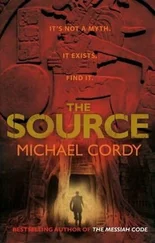
![Джеймс Купер - Пионеры, или У истоков Саскуиханны [The Pioneers, or The sources of the Susquehannah]](/books/395797/dzhejms-kuper-pionery-ili-u-istokov-saskuihanny-t-thumb.webp)
